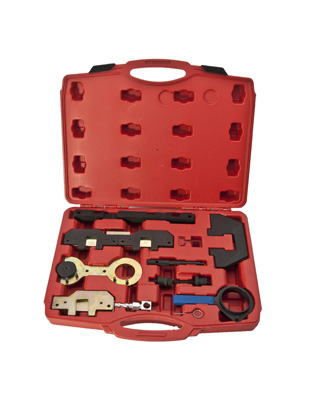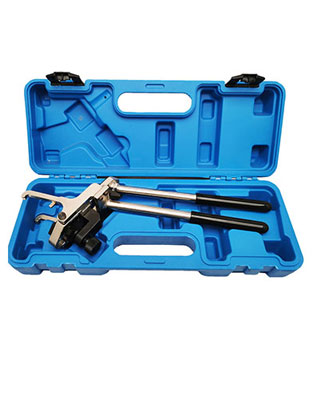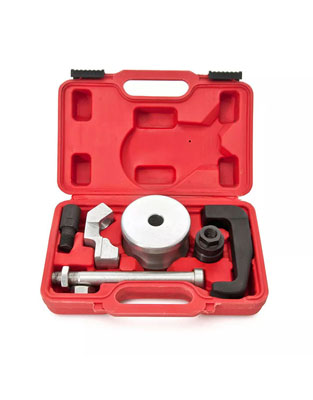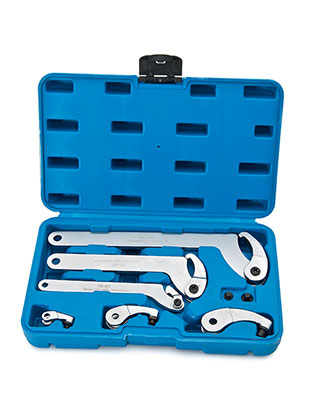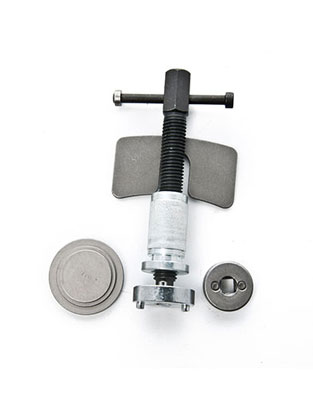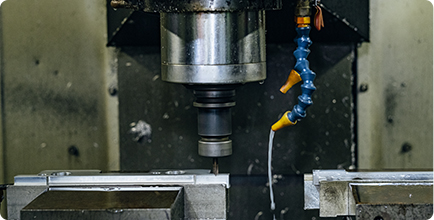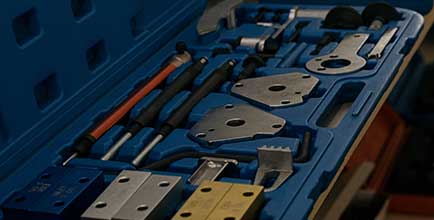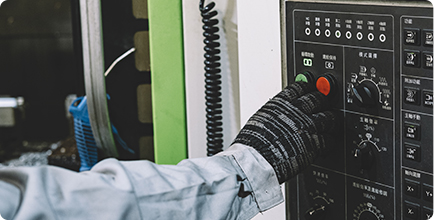When it comes to ensuring a smooth and efficient driving experience, the clutch assembly plays a crucial role. Responsible for engaging and disengaging the engine power from the transmission, the clutch allows the driver to change gears seamlessly. However, like any other automotive component, the clutch assembly is prone to wear and tear over time. In this article, we will explore the manifestations of clutch assembly damage, helping you identify any potential issues that may require immediate attention.
Unusual Noises and Vibrations
One of the primary indications of a damaged clutch assembly is the presence of unusual noises and vibrations. If you notice a grinding, rattling, or squeaking sound when engaging the clutch, it is likely that certain components within the assembly are wearing out. Additionally, if you feel excessive vibrations through the clutch pedal or the steering wheel while operating the vehicle, it may be a sign of clutch damage. Ignoring these signs can lead to further complications and potentially costlier repairs.
Difficulty in Shifting Gears
Another manifestation of clutch assembly damage is difficulty in shifting gears. If you experience resistance or hear a grinding noise while trying to change gears, it could indicate that the clutch components, such as the pressure plate or the release bearing, are worn out or damaged. This can make it challenging to engage or disengage the engine power smoothly, leading to a less comfortable and efficient driving experience.
Slippage
Clutch slippage is a common symptom of clutch assembly damage. Slippage occurs when the clutch fails to transfer the engine power effectively to the transmission, resulting in a loss of acceleration and increased RPM without a corresponding increase in speed. If you notice that your vehicle's engine revs up without a proportional increase in forward motion, it is likely that the clutch is slipping. Addressing this issue promptly is crucial, as extended slippage can cause further damage to the clutch assembly.
Burning Smell
A burning smell coming from the clutch area is often a sign of significant clutch assembly damage. This smell can be attributed to the friction generated between the clutch disc and the flywheel when the clutch slips. It is crucial to address this issue promptly, as prolonged slipping can cause severe heat buildup, leading to additional damage to the clutch assembly and other surrounding components.
Increased Pedal Resistance
Lastly, if you notice increased resistance in the clutch pedal while attempting to engage or disengage the clutch, it may indicate a problem with the clutch assembly. This increased pedal resistance can be caused by a variety of factors, such as a worn-out clutch release bearing, a damaged clutch master cylinder, or a failing clutch pressure plate. If left unattended, this resistance can worsen over time, potentially leading to a complete failure of the clutch assembly.
In conclusion, it is important to recognize and address the manifestations of clutch assembly damage to ensure a safe and efficient driving experience. Unusual noises and vibrations, difficulty in shifting gears, slippage, burning smells, and increased pedal resistance are all potential signs of clutch assembly damage. If you notice any of these symptoms, it is recommended to consult a professional technician who can diagnose and resolve the issue promptly. Taking immediate action will not only prevent further damage but also save you from potential breakdowns and expensive repairs in the future. So, prioritize the health of your clutch assembly and enjoy a smooth ride every time you hit the road.
 EN
EN










